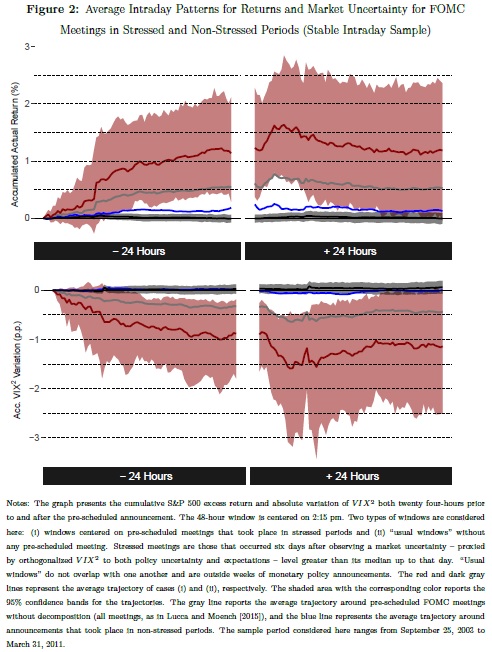Cryptocurrency Volatility Index
Whenever traders want to assess the stock market’s mood, there is one really popular and useful index the most of them turn to. Yes, you guessed it right, it’s CBOE’s VIX Index. And which index can we use if we want to determine the mood of the cryptocurrencies? We can turn to a paper written by Fabian Woebbeking, which offers the methodology to compute two cryptocurrency volatility indexes (CVX & CVX76). The CVX and CVX76 Indexes also extract the market’s expectation of future volatility from option prices, but from options on the Bitcoin. The research suggests that the cryptocurrency option market has finally reached a sufficient market size to extract stable cryptocurrency volatility information.
Authors: Fabian Woebbeking
Title: Cryptocurrency Volatility Markets

 "
"